When you enjoy a cup of coffee, have you ever thought about which beans you select? The world of coffee is rich with a variety of beans, each bringing its own unique character to your brew. Choosing the right bean can elevate your coffee experience and make each sip even more enjoyable. In this article, we’ll dive into the different types of coffee beans, how to choose the best ones for you, and tips for storing them to maintain their flavor.
We’ll kick things off with the basics of coffee beans, guiding you on your journey to finding the perfect match for your palate. Since the aroma and taste of coffee can vary significantly depending on the beans, take the time to explore and discover your favorite flavor profiles.
- A clear explanation of the basics of coffee beans
- An introduction to the main types of coffee beans and their characteristics
- Comprehensive tips on how to choose and store your beans effectively
The Basics of Coffee Beans
To truly enjoy coffee, it’s essential to grasp some foundational knowledge about it. Understanding the different types of coffee beans and their characteristics can help you discover your personal favorites. In this section, we’ll explore what coffee beans are, as well as delve into the history and culture of coffee. By deepening your appreciation for coffee, you can enhance your coffee time experience.
What Are Coffee Beans?
Coffee beans are the seeds used to make coffee, and there are primarily two types: Arabica and Robusta. Arabica beans are known for their rich flavor and a well-balanced sweetness and acidity. On the other hand, Robusta beans are recognized for their full-bodied taste and stronger bitterness. By understanding the unique traits of each type, you can choose the beans that suit your palate.
The roasting process significantly alters the aroma and flavor of coffee beans. Depending on the degree of roasting, you can bring out fruity notes or nutty aromas, so be sure to explore the differences in roasting levels.
- The two main types of coffee beans are Arabica and Robusta.
- Arabica beans offer rich flavors, while Robusta beans are bold and bitter.
- Roasting changes the aroma and taste of coffee beans.
The History and Culture of Coffee
The history of coffee is quite ancient, believed to have originated in Ethiopia. From there, it spread to the Arabian Peninsula and eventually to Europe. Coffee is more than just a beverage; it plays a cultural role in connecting people. Cafés and coffee shops around the world have become popular spots for friends and families to gather.
Moreover, coffee culture varies by country, with unique ways of brewing and enjoying coffee everywhere. For instance, in Italy, espresso is the drink of choice, while in Turkey, strong coffee is preferred. By learning about the history and culture of coffee, you can savor its flavors on a much deeper level.
- Coffee was discovered in Ethiopia and spread globally.
- It serves a cultural role that connects people.
- Different countries have their own unique ways of brewing and enjoying coffee.
The Main Types of Coffee Beans
When it comes to coffee beans, the two most commonly talked about varieties are Arabica and Robusta. Each type has its own unique characteristics and significant differences in flavor and aroma. In this section, we’ll dive into the specifics of Arabica and Robusta beans to help you find the perfect coffee that suits your taste.
Characteristics of Arabica Beans
Arabica beans are the most popular type of coffee bean, making up about 60-70% of the total coffee market. Known for their perfect balance of sweetness and acidity, these beans often boast fruity and floral aromas. Arabica beans are typically grown in high-altitude regions, where the challenging growing conditions contribute to their high quality.
The roasting level can also affect their flavor, but lighter roasts are generally preferred to highlight their delicate notes. For many coffee lovers, Arabica beans are an appealing choice.
- Arabica beans account for 60-70% of the popular coffee market
- They have a good balance of sweetness and acidity, with fruity aromas
- Often grown at high altitudes, resulting in high quality
Characteristics of Robusta Beans
Robusta beans, on the other hand, are easier to cultivate and are more resistant to varying climates and soils. These beans are characterized by their strong bitterness and full-bodied flavor. With a higher caffeine content compared to Arabica beans, they might be the go-to option for those looking for an energy boost.
When roasted dark, the unique qualities of Robusta beans are enhanced, allowing for a rich and intense flavor experience. They are often used in espresso and coffee blends, making them a great choice for those who prefer bold flavors.

If you’re looking to deepen your appreciation for coffee, check out this article on “Everything You Need to Know to Enjoy Coffee: From Bean Selection to Storage.” It provides detailed insights into choosing beans, roasting, and storage, making it a valuable resource for coffee enthusiasts from beginners to experts.
- Robusta beans are easy to grow and resistant to various conditions
- They have a strong bitterness and full-bodied flavor
- Commonly preferred in espresso and coffee blends
Choosing the Right Coffee Beans and Their Effects
Selecting the perfect coffee beans is essential for making your daily coffee ritual feel extra special. The variety of beans greatly influences the taste and aroma, meaning your choice can significantly alter your coffee experience. In this section, we’ll explore how to find the right beans for you and delve into the relationship between flavor and aroma.
How to Find the Right Beans for You
To find the coffee beans that suit you best, there are several factors to consider. Think about the flavors and aromas you enjoy. For instance, if you prefer fruity notes, Arabica beans are an excellent choice. On the other hand, if you’re looking for a bold and bitter coffee, Robusta beans might be more your style.
Roast level is also crucial. Light roasts bring out bright acidity and fruity aromas, while dark roasts emphasize richness and bitterness. To discover your preferences, it’s a good idea to sample a variety of beans. You might just find the perfect match for your taste.
- Consider your preferred flavors and aromas
- Arabica beans are fruity, while Robusta beans offer a bold taste
- Roast level is an important factor in your selection
The Relationship Between Flavor and Aroma
The taste of coffee is deeply intertwined with its aroma. In fact, when we sip coffee, both taste and smell play significant roles. Aroma enhances our perception of flavor, making the experience more complex and enjoyable. For example, the fruity aroma of Arabica beans makes the acidity more pronounced, creating a delightful drinking experience.
To truly savor the aroma, it’s important to use fresh beans right before grinding. The fragrance released from freshly ground beans is a key element that elevates the coffee’s flavor. By discovering your favorite aromas, you can expand your enjoyment of coffee even further.
- The taste of coffee is closely related to aroma
- Aroma adds depth to the flavor experience
- Using fresh beans enhances the enjoyment of aroma
Roasting and Brewing Methods
One of the key factors that determines the flavor of coffee is the roasting and brewing methods. Roasting significantly alters the aroma and taste of the beans, and the brewing method can help to maximize these characteristics. In this section, we’ll dive into how different roasting levels affect flavor, as well as how to choose from various brewing methods. Understanding these aspects will enrich your coffee experience.
The Impact of Roasting Differences on Flavor
Roasting is a crucial process that shapes the taste of coffee beans. There are three main roasting levels: light, medium, and dark. Light roasts have a strong acidity and fruity aroma, highlighting the unique qualities of Arabica beans. Medium roasts strike a good balance between acidity and bitterness, resulting in a smooth flavor. Dark roasts tend to be more bitter and full-bodied, often emphasizing the characteristics of Robusta beans.
By learning about the differences in roasting levels, you can better select a coffee that suits your taste. So go ahead and explore the flavor variations that roasting levels can offer!
- Roasting levels include light, medium, and dark
- Light roasts are fruity with strong acidity
- Dark roasts are rich with a strong bitterness
Choosing a Brewing Method
When it comes to brewing coffee, there are various options available, such as drip, French press, and espresso. Each method has its own unique way of enhancing the beans’ characteristics. For example, drip coffee tends to have a lighter flavor, while French press retains the oils from the beans, resulting in a richer taste. Espresso, on the other hand, is known for its bold and intense flavor.
When selecting a brewing method, it’s a good idea to consider your personal preferences and mood for the day. Experiment with different methods to find the style that best suits you.
- Brewing methods include drip, French press, and espresso
- Drip coffee offers a light flavor, while French press provides a rich taste
- Choose a brewing method based on your preferences and mood
How to Store Coffee Beans
To truly enjoy coffee, proper storage is crucial. The fresher the beans, the more vibrant their aroma and flavor will be. In this section, we’ll explore the best ways to store coffee beans and tips to maintain their freshness. Understanding the right storage methods can enhance your daily coffee experience.
Ideal Storage Conditions
Coffee beans are sensitive to moisture, light, and heat, so it’s important to choose the right storage location. The best environment for storing coffee beans is a cool, dark place. Keeping them out of direct sunlight and in a stable temperature helps preserve their flavor for longer.
Additionally, after opening the package, transferring the beans to an airtight container is essential. Exposure to air can lead to oxidation, so consider using vacuum-sealed bags or airtight containers to keep them fresh.
- Coffee beans are sensitive to moisture, light, and heat
- Store them in a cool, dark place for best results
- Transfer to an airtight container to prevent oxidation
Tips for Maintaining Bean Freshness
There are several key points to keep in mind to maintain the freshness of coffee beans. First, it’s important to buy only the amount you need in small batches. Buying in bulk can extend the storage time and may result in a loss of flavor.
Next, the timing of grinding the beans is crucial. Ground coffee oxidizes quickly, so it’s best to grind the beans right before you brew. While freezing beans is an option, be sure to only take out the amount you plan to use at once. Repeatedly freezing and thawing can compromise the flavor.
- Purchase only what you need in small amounts
- Grind the beans just before brewing for optimal flavor
- If freezing, only take out the quantity you will use at one time
Conclusion
In this article, we’ve explored the fascinating world of coffee, discussing the various types of coffee beans, how to choose them, roasting techniques, brewing methods, and storage tips. Coffee is a rich and complex experience, and the flavor can change dramatically based on the characteristics of the beans, the degree of roasting, and the brewing process. By finding the right beans for your taste, you can elevate your daily coffee ritual into something truly special.
Additionally, proper storage is crucial for maintaining freshness. Managing your beans in the right environment helps preserve their aroma and flavor for a longer time. We hope you take this knowledge to heart and enjoy crafting your own unique coffee journey.
- Understand the characteristics of Arabica and Robusta beans
- Learn how to choose beans that match your preferences
- Pay attention to storage methods to keep your beans fresh
We encourage you to find the perfect coffee beans for yourself and enjoy wonderful coffee moments. We’d love to hear about your favorite coffee beans and how you like to enjoy your brew in the comments!



























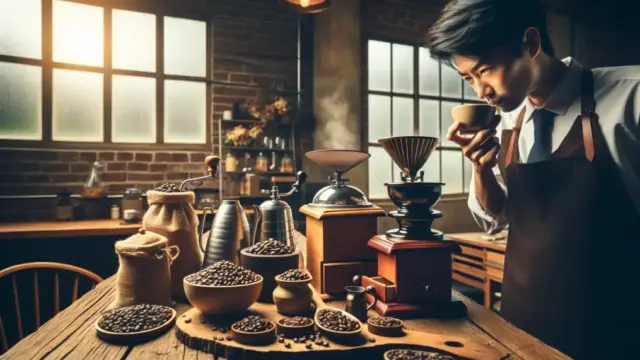










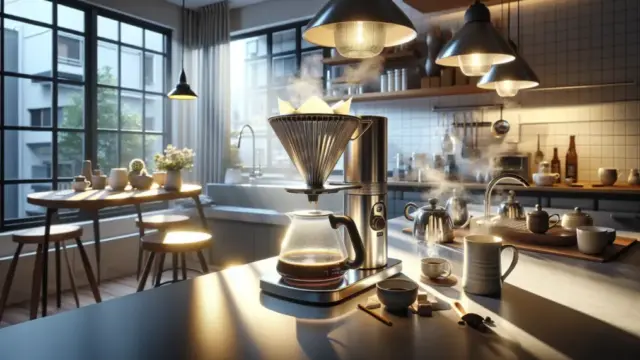






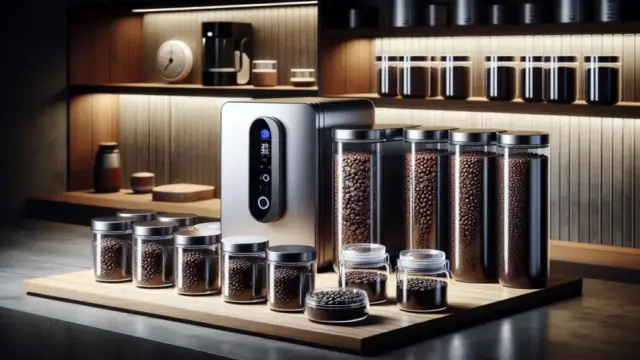



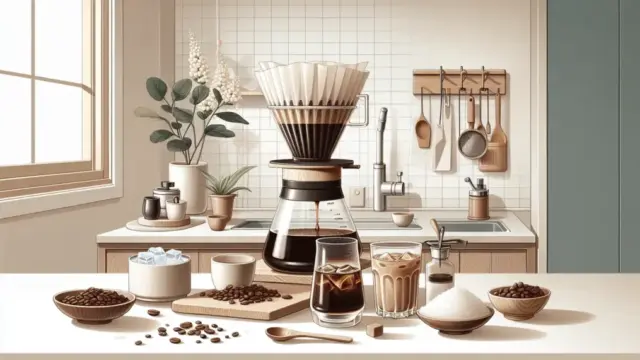
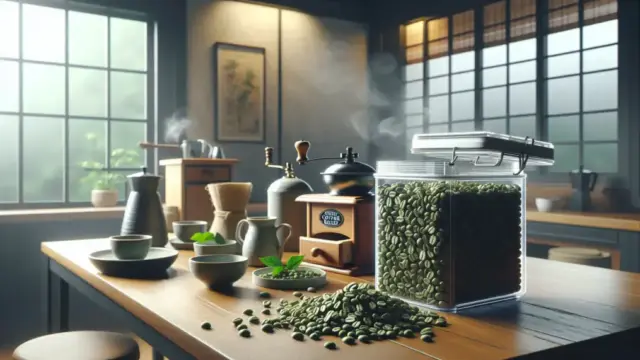





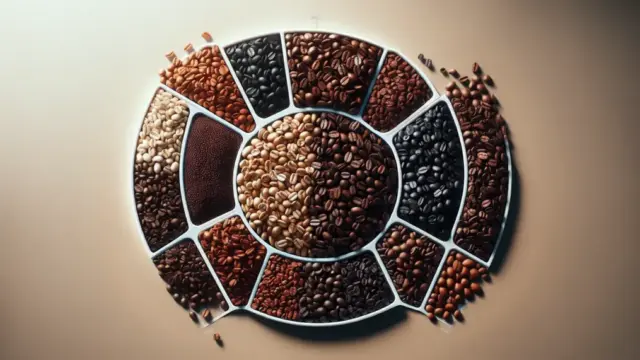















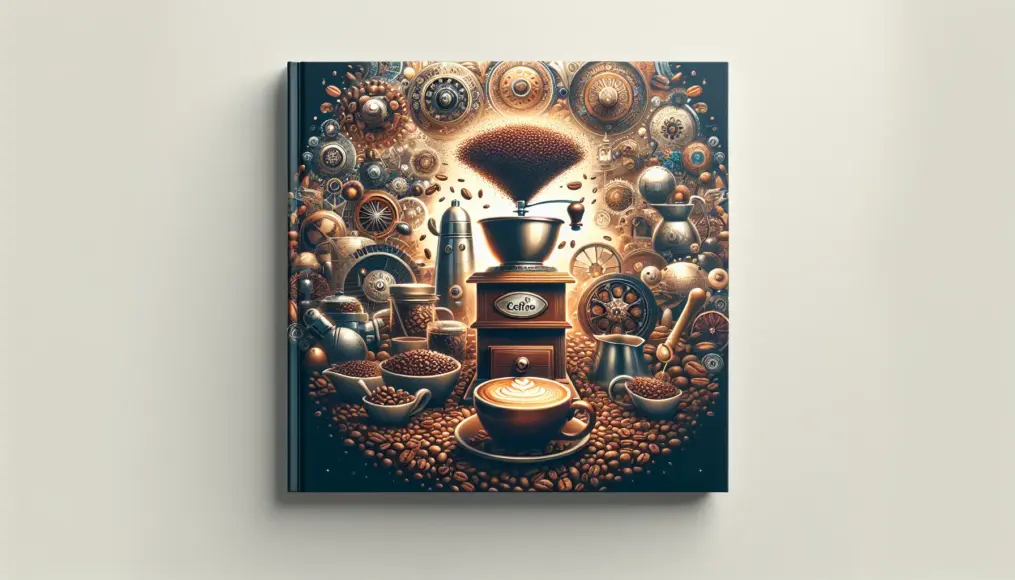
Comment